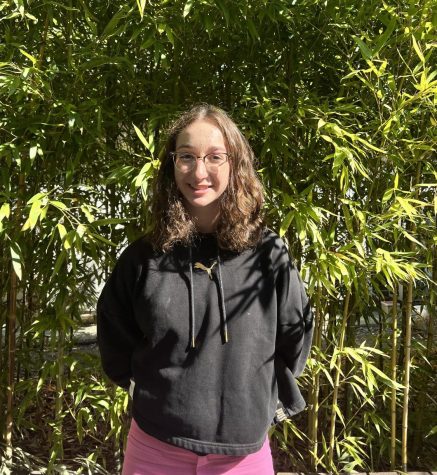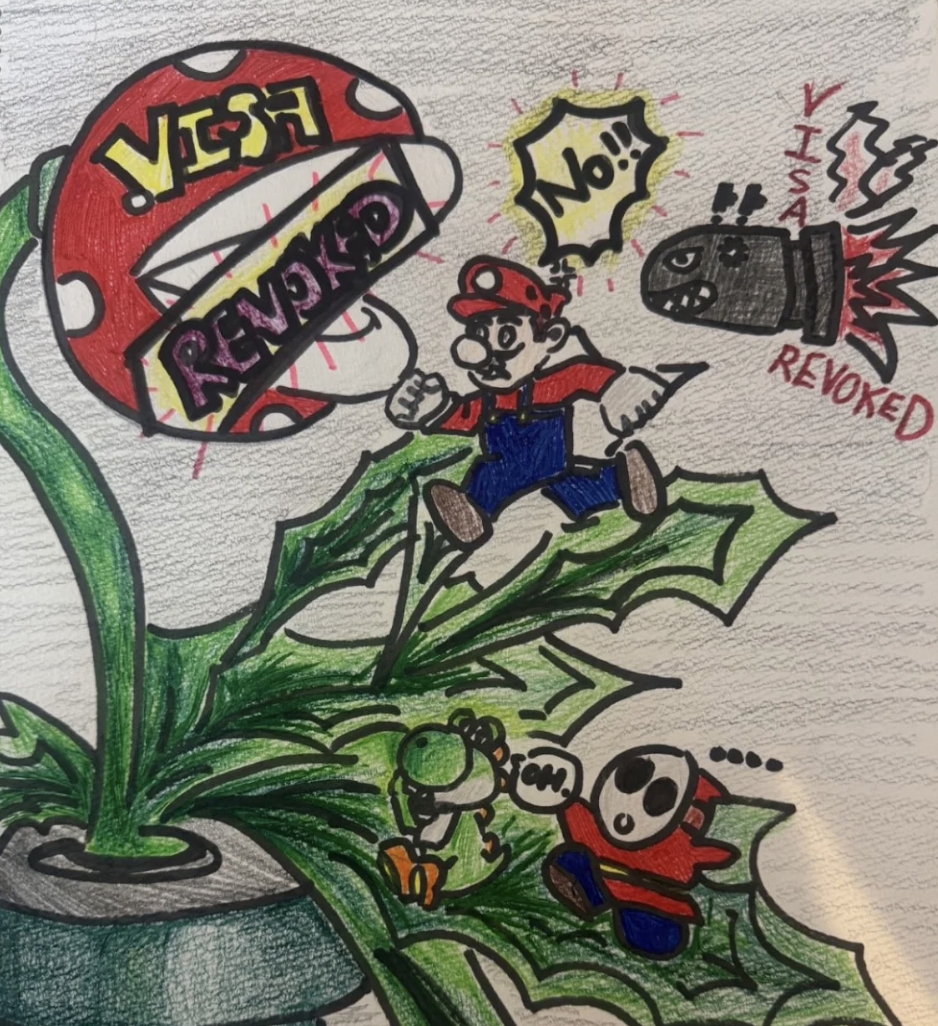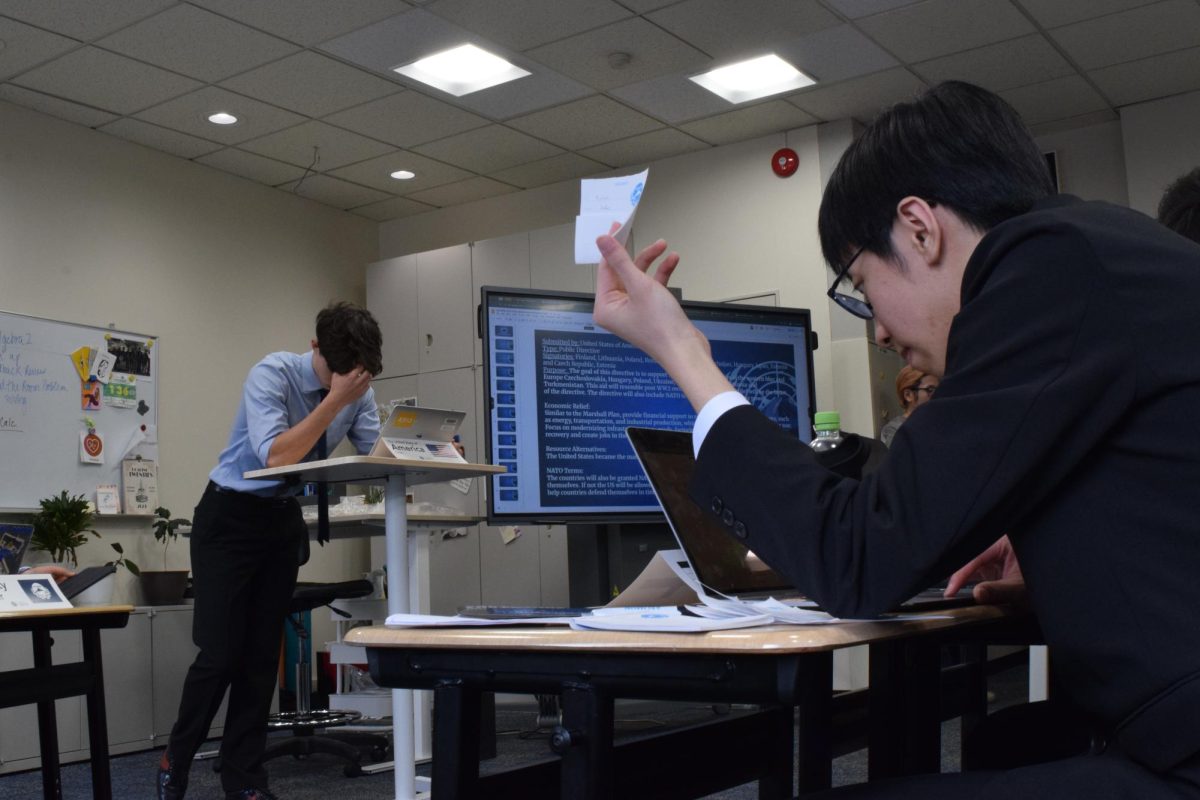Women-Led Protests Continue to Grow Throughout Iran
Photo by Matt Hrkac
People in Melbourne, Australia show support for Iran protests
November 4, 2022
Red hot flames consume piles of fabric and cloth previously covering women’s heads in streets all throughout Iran.
Protests have been flooding the nation of Iran for around a month now, resulting in bloodshed, violence, and death. In previous protests, the police quickly and forcefully squashed any opportunities for rebellion, but this new, women-led protest has persevered, setting it apart from the others. They have not only managed to stay strong, their fiery passion burning even hotter with every protest, but have even been gaining more traction, both inside the country and internationally.
These protests started after the death of Mahsa Amini, 22, who was taken into custody by the Iranian morality police for not wearing the hijab “correctly,” that is, with a little too much of her hair showing. A hijab is an Islamic religious garment worn to cover the hair of women. A few years after the 1979 Iranian Revolution, it became an Iranian law that women must wear this head covering at all times in public to cover of their hair. Women who do not comply can get arrested by the morality police; many report that people have also faced physical harm. Mahsa Amini suffered a worse fate.
Amini was declared dead in the custody of the morality police, but there are conflicting reports as to why. The Iranian government claimed it was due to a heart attack. However, pictures showed Amini covered in bruises, and her family explained she was healthy before her detainment. These contradicting accounts raise questions about the actual cause of this young woman’s death.
The history of the hijab in Iran spans decades, intertwined with Iran’s theocratic government, the 1979 Islamic Revolution, and female activists. Before the 1979 Revolution, there was a strong push for Westernization, and wearing the hijab was optional. In fact, in 1936, the ruler Reza Shah Pahlavi passed a law banning women from wearing hijabs. With the 1979 Revolution came new policies, including the aforementioned law forcing women to wear head coverings. Throughout Iran’s history, women have, for the most part, not been given a choice as to how they can express themselves with their head covering. Instead, the government has taken control of this expression, turning the hijab into a symbol of oppression and theocratic nationalism. These long-simmering issues finally boiled over with the death of Mahsa Amini. Tragically, two other girls, both 16, Nika Shakarami and Sarina Esmailzadeh, went missing after recent protests. The authorities returned their dead bodies back to their parents, further enraging the protesters.
The protests have been getting violent; police have opened fire, shot rubber bullets, and sprayed tear gas at protesters on multiple occasions. An October 13 New York Times article cited reports from multiple human rights groups claiming that around 185 people have been killed in the protests, including 28 children. Thousands have been injured and arrested. In one especially bloody protest at Mosalla, police reportedly killed 66 people, including many in a mosque in a primarily Baluchi neighborhood. Baluchi is an ethnic minority in Iran, who are primarily Sunni Muslims, unlike the Shiite theocracy of the country.
Despite government efforts, the protests in Iran have continued and even grown over the last many weeks. Time will tell whether this will create lasting changes within the laws and governmental system of Iran. However, there is growing international concern that the bloodshed will increase as the Iranian government continues to mobilize its forces against the growing movement of peaceful demonstrators.





















mark blei • Dec 19, 2022 at 9:44 AM
Thank you for this very informative and well written report.